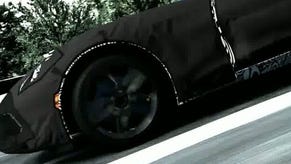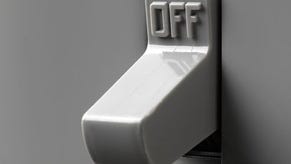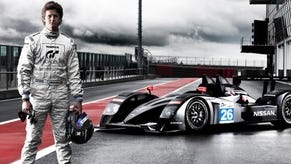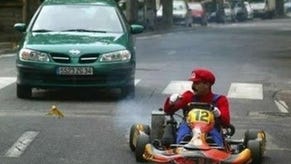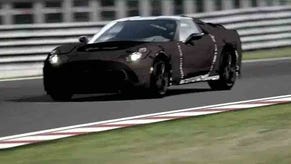Gran Turismo 5 Tech Analysis
Digital Foundry's most comprehensive feature ever.
The PS3 Era: Gran Turismo HD/Prologue vs. Gran Turismo 5
Accompanying the launch of the PlayStation 3, Polyphony Digital released Gran Turismo HD: a one-level demo initially mooted as some kind of sampler for a full game that never happened (the PS3 equivalent to PS2's Gran Turismo 2000, if you will). This was followed in 2008 by Gran Turismo 5 Prologue - a taster of the game we finally saw released this week. Finally we saw the Time Trial demo at the tail end of last year, a very basic one-level demo that confirmed that the rendering spec seen in Prologue would most likely end up in the final release.
GTHD and GT5 Prologue offer an intriguing insight into the developmental process at Polyphony. Gran Turismo HD laid down the building blocks of what the studio was looking to achieve on PS3: 1080p and 30FPS replays were established from the outset, but curiously the framebuffer was set up at 1440x1080 with no anti-aliasing. Without having to carry as many cars in memory, Polyphony could afford to be generous with RAM and rendering resources. A comparison shot of GTHD up against the final shipping product of GT5 is illuminating:
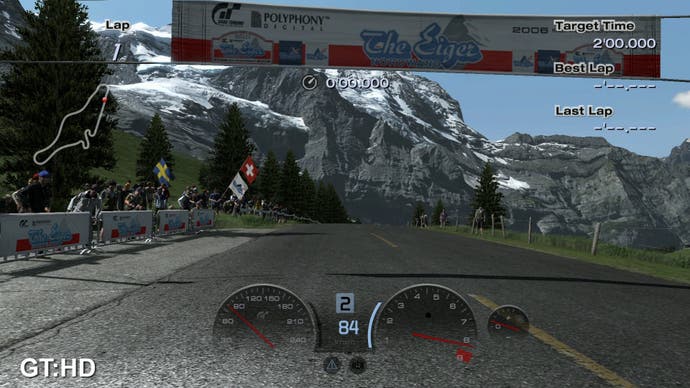

The 12.5 per cent resolution advantage combined with the lack of quincunx blur plus additional RAM available for textures makes the older game look clearer and sharper compared to the final shipping product. It is worth pointing out that in addition to the load on resources caused by the number of cars GT5 handles, Polyphony also added to the track over the course of development, so while textures may look cut-down, the track itself is more impressive overall in the shipping game.
By the time GT5 Prologue was released, Polyphony was well on the way to hammering down the specifics of the tech: the 1280x1080 target resolution we see in the final game was confirmed, and the performance of the game was pretty much on par with what we see today. We also got to see far more of the assets that would be in GT5 - the London course in particular really impressed. Two years on, it's virtually unchanged from what we saw in Prologue and it's still a super-looking circuit.
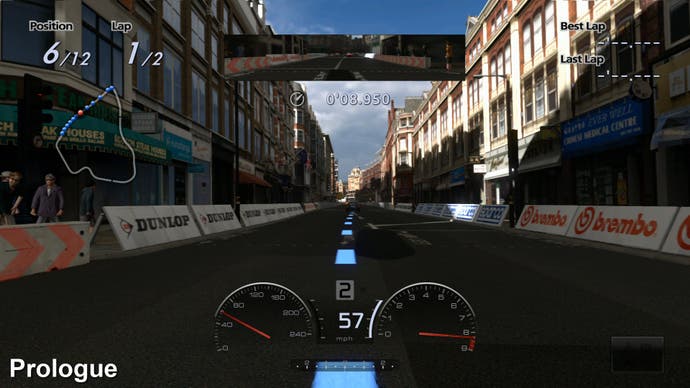
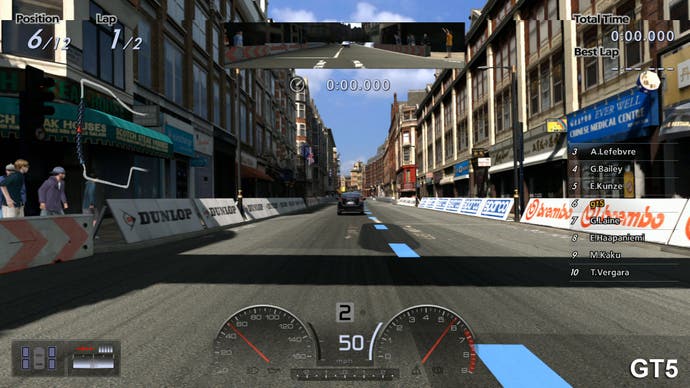

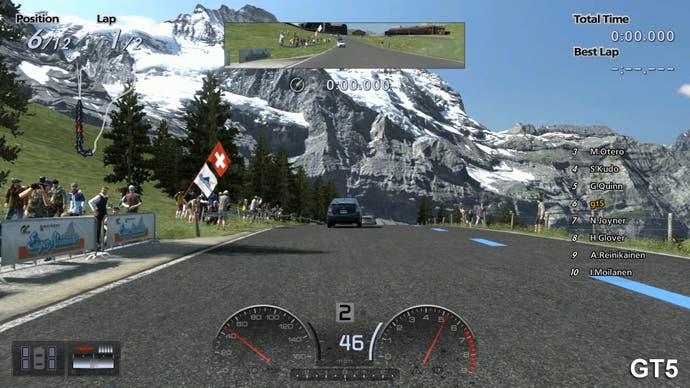
However, despite being fully realised, Polyphony chose to tinker still further with the assets. London might not have changed much, but the developer still chose to shift the location of the sun, meaning that the lighting has changed considerably. Curiously, by comparing Prologue's Arcade mode to the final game's equivalent, we see some further changes. Suzuka's buildings have been extensively remodelled, for example. The High Speed Ring also sees some architectural changes.


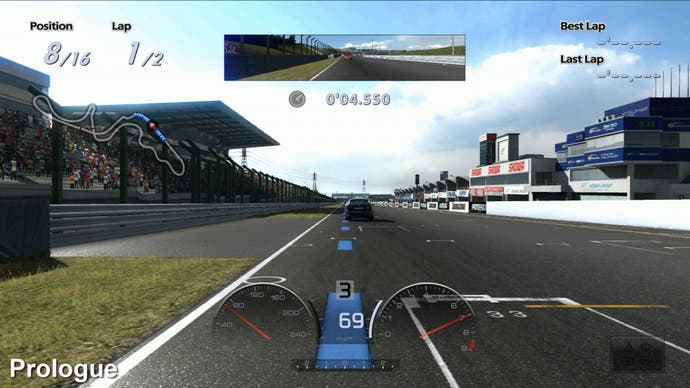
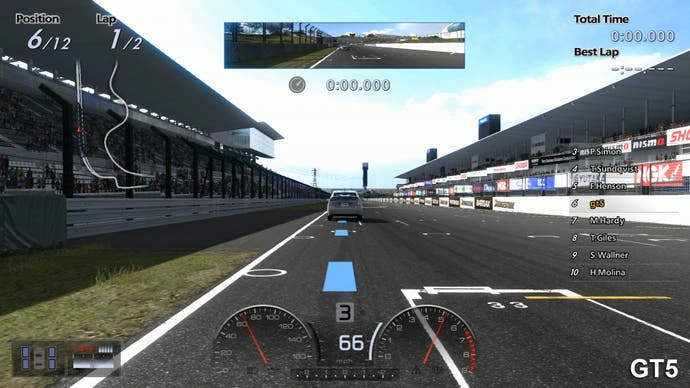
The big difference of course is that in the final game, Polyphony is adding significantly to the processing load by often running more cars than we saw in Prologue, so for the performance to remain in the same ballpark is impressive. Those additional cars require RAM of course, making the achievement all the more impressive: the High Speed Ring course sees the amount of cars running upped from 12 to 16, for example.
Vehicle Modelling: Standard vs. Premium Cars
Recently, Eurogamer published a list of 1031 cars that feature in Gran Turismo 5. There are two classes of cars in GT5: standard and premium. The premium cars are those that have been built from the ground up for the new game. They feature internal cockpits and enhanced crash damage (components will drop off in addition to some deformation), and are considerably more detailed in general than the standard equivalents, which appear to have been imported from work done on Gran Turismo 4.
There are also more detailed renditions of some of the cars introduced in the PSP version of GT - the Bugatti Veyron, to name one - but while they are obviously more refined in appearance than they were in the handheld game, they still don't hold a candle to Polyphony's work on the premium cars.
Premium cars are bought from the dealerships in GT Mode, while standard cars are plucked from the ever-changing classifieds of the used car market. Here's where things get a bit weird. For reasons known only to Polyphony, a small range of specific models are available in both premium and standard versions. Acquiring the premium car was no problem, we just bought it from the dealership. Rather than wait for the standard equivalent to appear on the used market, we nipped over to the PSP version of the game, bought the car there then imported it across.
Here's a movie that compares the two versions of the same car in as close to like-for-like conditions as we could arrange:
The standard car doesn't look so bad in-game but it's clear that the premium model is significantly improved. There's also a definite feeling that the quality of the car modelling in the standard mode varies dramatically, and some of the various shots of cars posted on forums show that some of these models are distressingly poor. Lower poly-count is one thing, but surely some of those ropey textures could have been cleaned up?
Over and above this, there are some incredible cars and marques that are poorly represented in the premium category. Why no premium Veyron? Where's the Aston Martin One-77, and for that matter, why is there only one premium Aston Martin available at all?
It is fair to say that some of those standard model screenshots floating about are remarkably scary, to the point where questions are being asked of Polyphony's until-now spotless record on quality control with regards their car models. On the one hand, introducing a range of sub-par assets that vary so dramatically in terms of their quality level is a disappointment. Just some minor touch-up work on individual textures, and tightening up of geometry (wheel arches in particular) would have made a real difference.
On the other, as the video and indeed the shots circulating demonstrate, the lower quality is mostly only evident when viewed really close up. When actually driving these cars, the chances are that you won't actually be seeing them at all (since the internal view really is the only way to really play the game). In this respect, it doesn't feel as though the driving experience in using these cars is much diminished from the premium versions, if at all.



